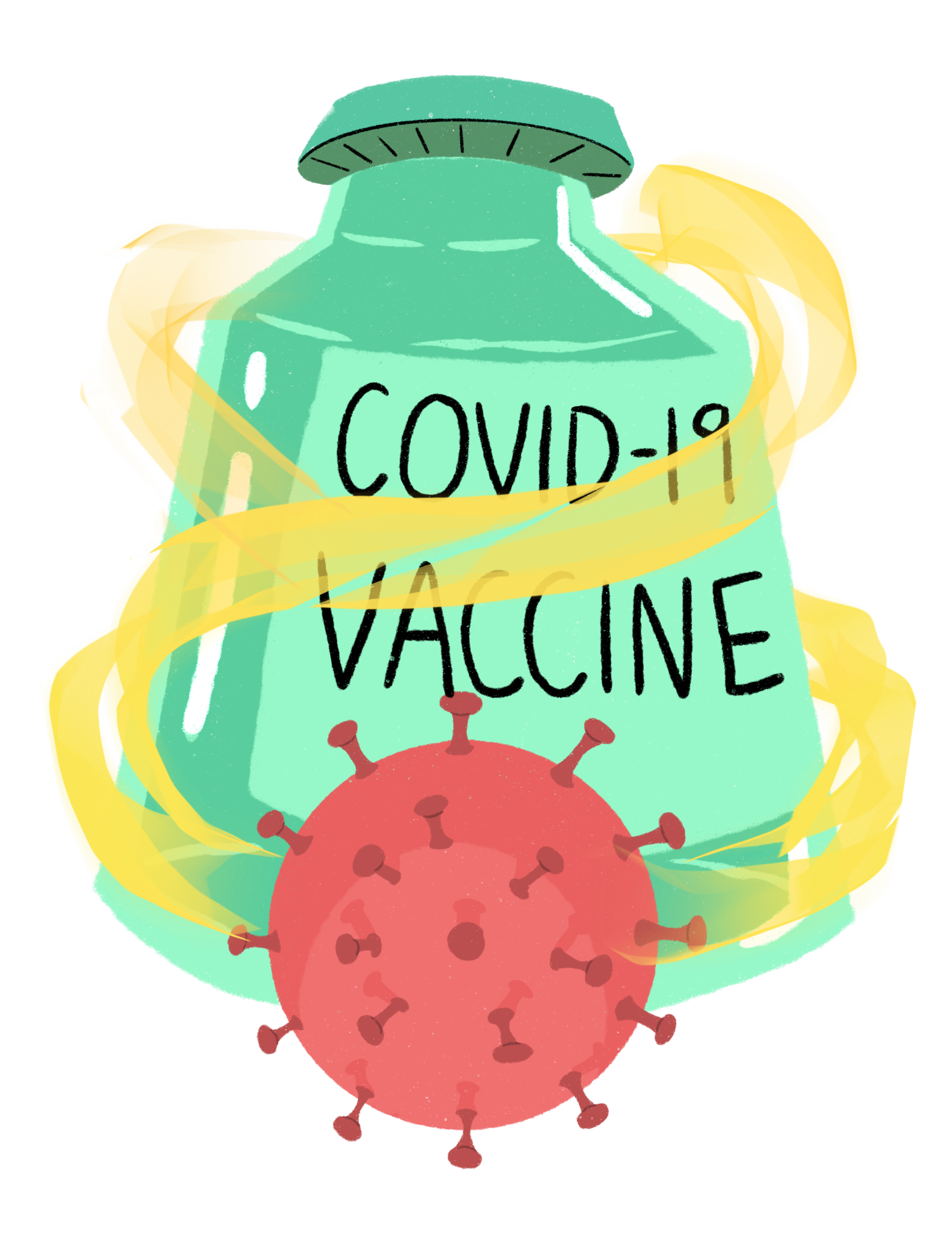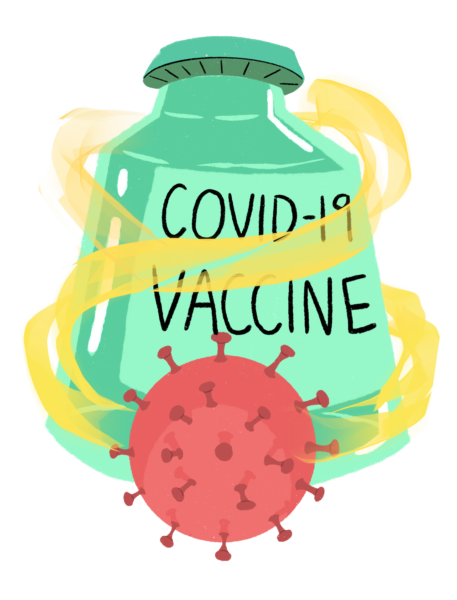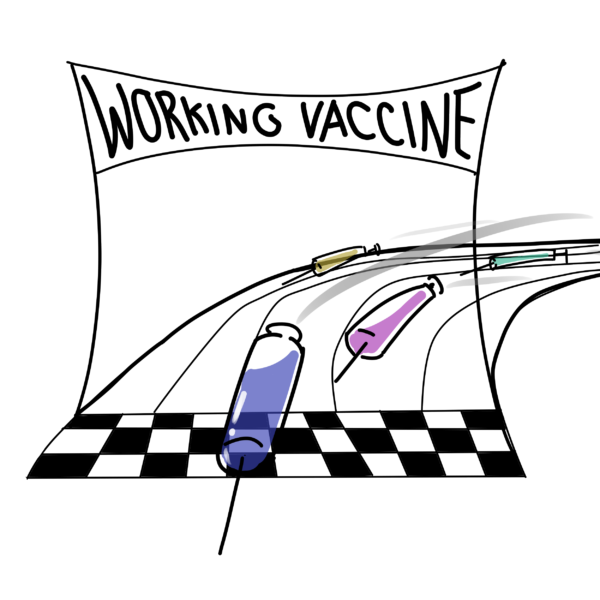

With over 13 million COVID-19 cases reported in the U.S., more than 60 vaccines are currently in clinical trials. Operation Warp Speed aims to deliver 300 million vaccines free to the American public at an estimated cost of $10 billion, with the first doses arriving as early as December 2020 for health care workers and high-risk populations. The race is on to immunize America.
The world’s population must be immunized, either by infection or by vaccination, to end surging COVID-19 cases. Both cause the immune system to produce antibodies which prevent the virus from infecting cells, but vaccines do so without causing the disease.
“Without a vaccination, we do not have the ability to open up in the ways that we are hoping to open up”
AstraZeneca and Oxford collaborated on a viral vector vaccine that is 62% effective when given in two full doses, and 90% effective when given in a half dose followed by a full dose, according to early data. The vaccine can be stored in conventional refrigerators, and AstraZeneca has pledged to sell them at $2.50 per dose until at least July 2021 for developed countries and forever for developing countries.
Two mRNA vaccines have released efficacy data: Pfizer, BioNTech and Fosun Pharma’s vaccine is 95% effective, while Moderna’s vaccine is 94.5% effective. Distribution for both may begin in December, though they have drawbacks. Each requires two administrations: about $20 per dose for Pfizer’s and $15 to $25 per dose for Moderna’s. Additionally, Moderna’s vaccine must be stored at minus 4 degrees Fahrenheit, and Pfizer’s must be kept at minus 94 degrees Fahrenheit, near the temperature of dry ice, a hurdle for doctor’s offices, nursing homes and pharmacies without ultra low temperature storage.
“The Pfizer vaccine is going to be much more difficult in rural areas and developing countries, … because you’ve got to have the ultra low temperature freezer to keep it for a good amount of time … I think in general … any vaccine that works should start being [distributed]”
Pfizer applied for emergency use authorization from the Food and Drug Administration on Nov. 20, and on Nov. 30 Moderna followed suit. If approved, vaccines will be shipped to states within 24 hours. However, the logistics are complex. States must establish cold chains and acquire supplies such as syringes and alcohol pads. Hundreds of vaccines could be unusable if improperly stored.

California, as part of a vaccine distribution pilot program, will follow the Centers for Disease Control and Prevention’s three phase approach to vaccine allocation; health care workers in contact with SARS-CoV-2 will be vaccinated first, then essential workers and those at high risk and finally, likely in April 2021, everyone else. Most support the prioritization of these groups.
“Our first responders and our … hospital staff [including] nurses, doctors, … people that are emptying the garbage cans and dealing with the food service … [and] anyone who has to be there has to be first in line for that vaccination.”
However, global equity remains a concern. The U.S., like other wealthy countries, has entered contracts with companies to buy vaccines and distribute them to the American public for free. In total, wealthy countries bought over 2 billion doses of vaccines. Poorer countries don’t expect to be vaccinated until 2024.
“One country shouldn’t get more vaccines than the other. … I think [it’s] a little unfair [that the U.S. government has bought vaccines]. I know other countries have been making contracts too with different companies. … It’s just a race to get the vaccine first”
The majority of Americans will need to be vaccinated to end the pandemic, but according to a Pew Research Center poll, only 51% of adults say they will get the vaccine. Still, any level of immunity helps, and many believe that the quest for a vaccine is worthwhile.
“[Vaccine funding is] a great investment to get the economy up and running quicker and lose less lives at the same time”
The journey to create a coronavirus vaccine holds America’s future at stake. An effective vaccine has the potential of ending the ongoing pandemic and recession, but there are challenges that occur at every step of the way. Hurdles must be overcome in the hopes that America will be immunized and life will finally return to normal soon.
